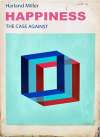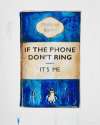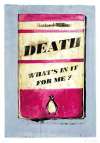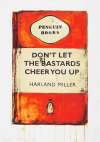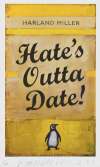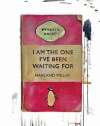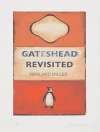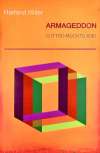Penguin
prints
The Penguin collection represents an exploration of the relationship between text, colour and their effect on the audience, while simultaneously formulating poignant social critique. First seen at an ICA Group show in 1996, Miller’s Penguin Prints, the now-iconic book jacket paintings, were what propelled him to art-world acclaim.
Harland Miller Penguin prints for sale
Sell Your Art
with Us
with Us
Join Our Network of Collectors. Buy, Sell and Track Demand
Meaning & Analysis
First seen at an ICA Group show in 1996, Miller’s Penguin Prints, the now-iconic book jacket paintings, were what propelled him to art-world acclaim. The founder of White Cube gallery Jay Jopling, who visited the exhibition, saw great potential in the Penguin works and arranged a studio visit with Miller. He has been represented by White Cube ever since and is now amongst the gallery’s most sought-after artists.
Harland Miller’s prints and paintings based on dust jackets came from his stumbling upon a box of Penguin Books outside a second-hand English bookstore in Paris in 1992. Their dusty, old and damp smell apparently reminded him of Northern England and his hometown of Yorkshire. This is when he experienced a “Eureka!” moment:
‘I realised that the design of those classics would throw all the focus on to the title of the book, which is exactly what I wanted to do.(…) People are so used to the format already with the text in the middle that you could really say whatever you wanted.’
